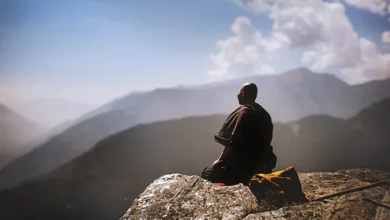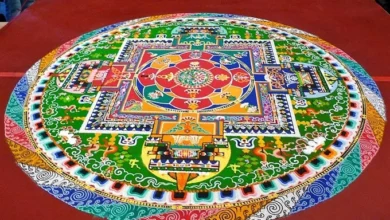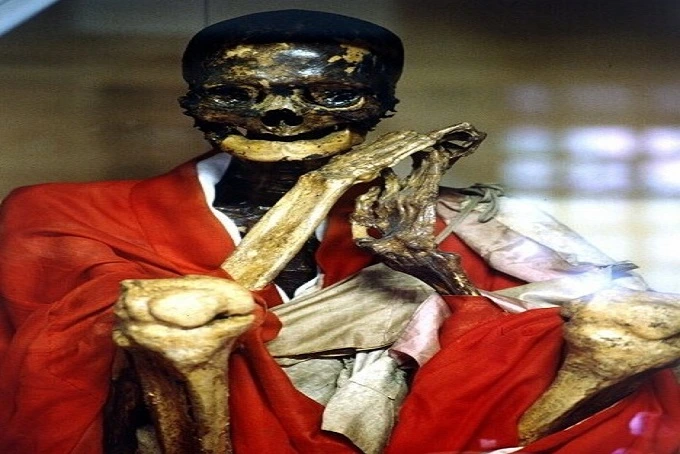10 common but far from reality myths about Shaolin monks
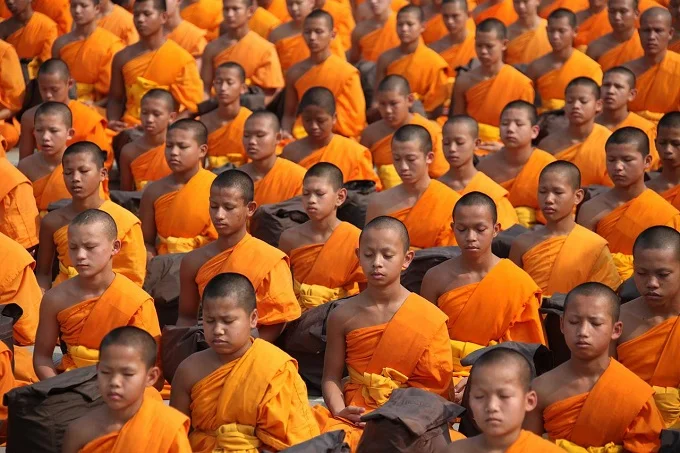
Legends of the Shaolin monks have been around ever since the Emperor of China officially founded the order in 496 AD. Some of these legends have become quite popular, although they are not true. This review will dispel the top “ten” myths with which the Buddhist monks are laden.
10 common but far from reality myths about Shaolin monks
1. Combat Technique
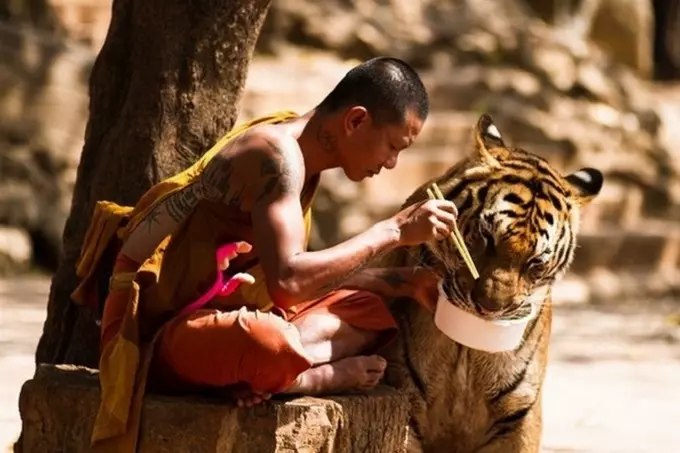
Kung fu fighting techniques are highly respected in China, but in fact, scholars believe that they are Indian in origin. It is believed that a guru once came to the Shaolin Temple area and showed the monks the fighting techniques, which he modeled on the movements of animals (in theory, to give the organization a more natural and naturalistic character).
However, many historians believe that the Shaolin tradition comes from more “down-to-earth” sources. The organization began essentially as a private army, and the fighting techniques were developed within the organization itself. It is a little less satisfying to imagine the Shaolin as simply the mercenary unit it originally was but then acquired a religious perspective. But at least it’s a little more grounded and plausible.
2. The monks saved the emperor
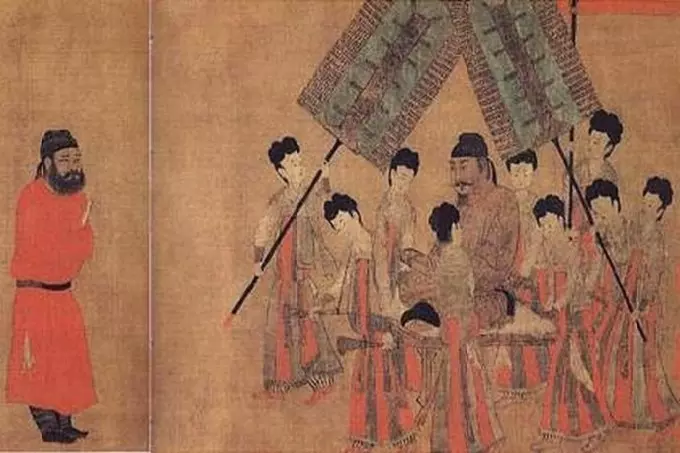
One of the earlier (and therefore more far-fetched) legends refers to an event that supposedly took place around 621 AD. Emperor Tang Tai-Tsung was besieging a rebel city when another rebel army of 300,000 men arrived. He asked Shaolin for help and received only thirteen warriors.
These thirteen men made the key attack at the decisive moment in the ensuing battle, thus saving the army from defeat. Of course, it is hard to imagine how thirteen men could have decided the outcome in a battle involving hundreds of thousands of soldiers.
3. “The Wooden Soldiers of Shaolin”
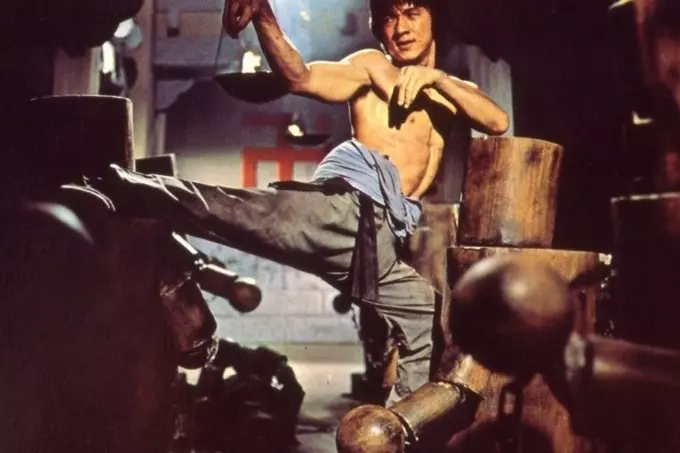
The rigors of Shaolin training have naturally become surrounded by exaggerated stories, especially regarding the final exam. A myth emerged that there was a labyrinth of wooden dummies under the temple that the students had to pass.
Young monks had to go through a corridor with many rotating wooden posts, from which bars of different lengths were sticking out at different heights. There had to be 36 different dummies in this maze, with their horizontal bars equipped with deadly blades.
4. God Vaprapni

Vaprapni w as a Hindu god worshipped at Shaolin, and there is a particularly strange story associated with him, dating back to the seventh century AD. There was a monk named Shengchu who was mocked by everyone in the monastery. He asked Vapraprapni for help for six days until Vaprapni finally showed up and forced the monk to eat meat, which was taboo for Shaolinians.
But for this criminal act, Shengchu received great power and took revenge on all his abusers. It remains a mystery why the Shaolin tradition preserves the story of the reward for betraying one’s vows solely out of petty personal interests.
5. “Red Armbands”

In the middle of the sixth century, the monks of Shaolin faced a rebellion by a group of people called the “Red Armbands.” At some point, the bulk of the monks were recalled from their temple, which was under attack at the time (the temple was defended only by the service men).
One of them was a cook named Ji Nau Lu, who had secretly studied the Shaolin martial arts. He grabbed a large burning log and used the martial techniques he had picked up earlier from the monks to disperse the enemies. Some versions of the legend say that the cook was even a giant.
6. Needle through Glass
Probably the most widespread myth of the Shaolin heritage is the video of a monk throwing a needle through a piece of glass and the needle piercing through. This controversial myth has been refuted by the Legend Breakers. Shaolin fans claim that the trick shown in the video used a stronger needle and thinner glass.
7. Prince Bodhidharma
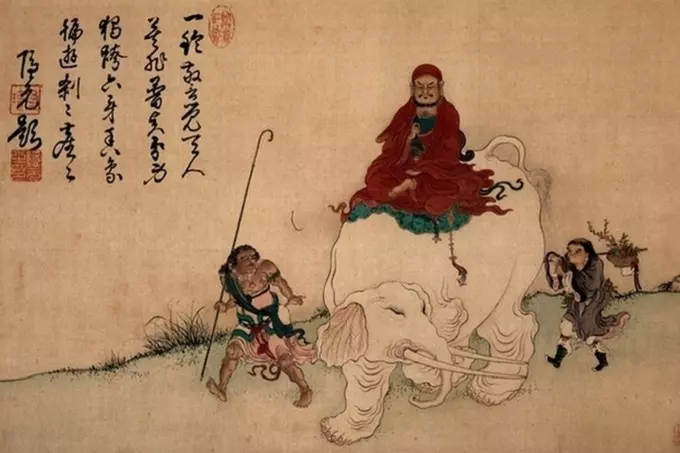
From the sixth century came another impressive legend. An Indian prince named Bodhidharma (also known as Damo) emigrated to China, where he literally hated the country and the Shaolin temple. After the predictable alienation of everyone around him, he went to a nearby cave and began a meditation session in which he wanted to find enlightenment in order to prove the shortcomings of Shaolin.
According to some legends, the meditation lasted for nine lunar cycles. Other legends say it lasted nine years. Whatever it was, it impressed the monastery so much that Bodhidharma was not only allowed into Shaolin but was even given a separate room.
8. The origin of the tea bushes

This refers to the same event that occurred in myth #5, but it is so strange that it deserves a separate mention. So, an Indian immigrant prince spent nine years in meditation in a cave to contemplate the shortcomings of the Shaolin monastery. Apparently, it was nine very difficult years, for, in the seventh year, he fell asleep soundly.
So he cut off his own eyelids to prevent such a thing from happening again. When his severed eyelids fell to the ground, they turned into the first tea bushes. Presumably, this was nature’s way of rewarding his victim. Probably the real reason this was invented was to discourage monks from drinking tea with such an unsavory legend.
9. The Underground Escape
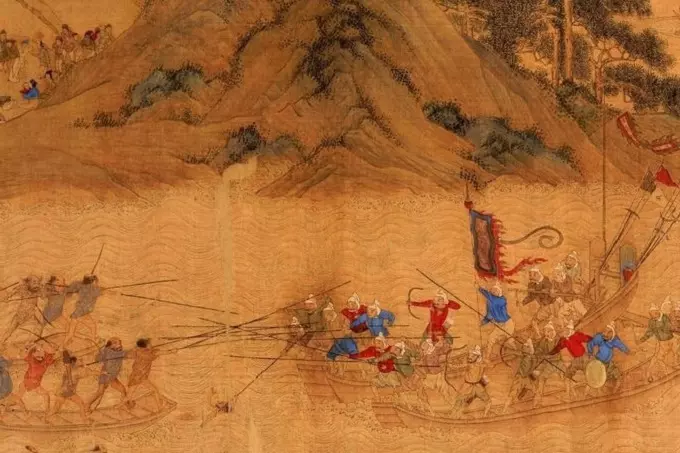
In the mid-sixteenth century, the monastery was called upon to defend China against raids by Japanese pirates. As a result, 120 Shaolin warriors armed with 15-kilogram staves fought the Japanese in four battles. In the first 3 battles, no more than 4 monks died, but in the fourth, the Shaolin men were nearly wiped out due to poor command.
Only 3 monks survived, who, to save themselves, burrowed into the ground and breathed through bamboo tubes. Then under the cover of night, they slipped away from the enemy camp.
10. Leaving the monastery
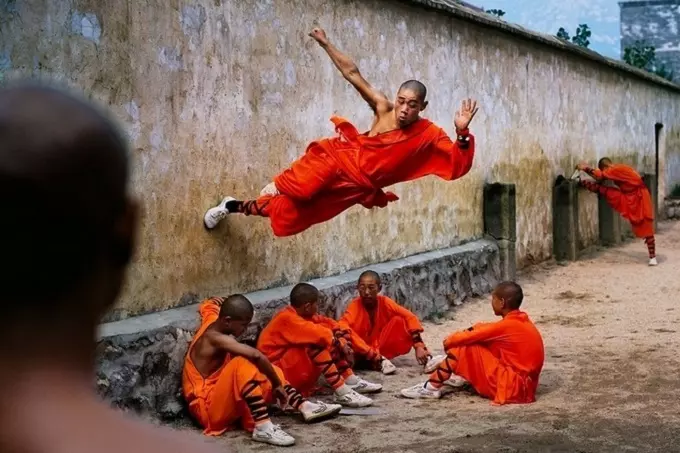
Leaving the brotherhood with honor was not easy. In fact, a system had been devised that involved martial practices (which was to be expected from Shaolin). Three monks wishing to leave the monastery would gather together and then fight against eighteen others.
It’s a strange practice… Because every time three monks left Shaolin, it probably meant that the monastery was deprived of its best fighters, and the other eighteen must have been very much humiliated.


